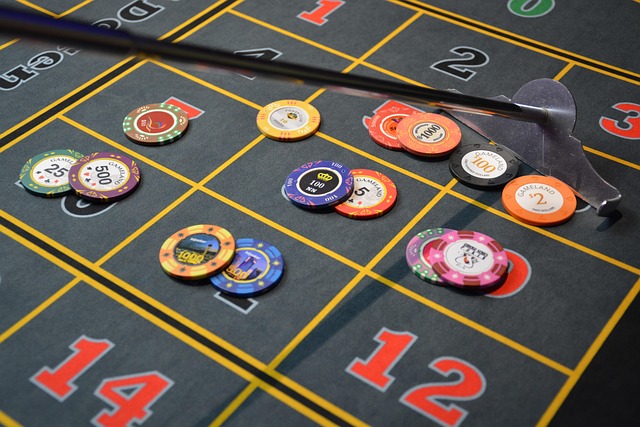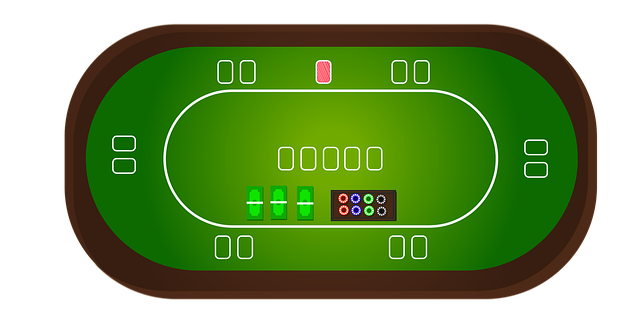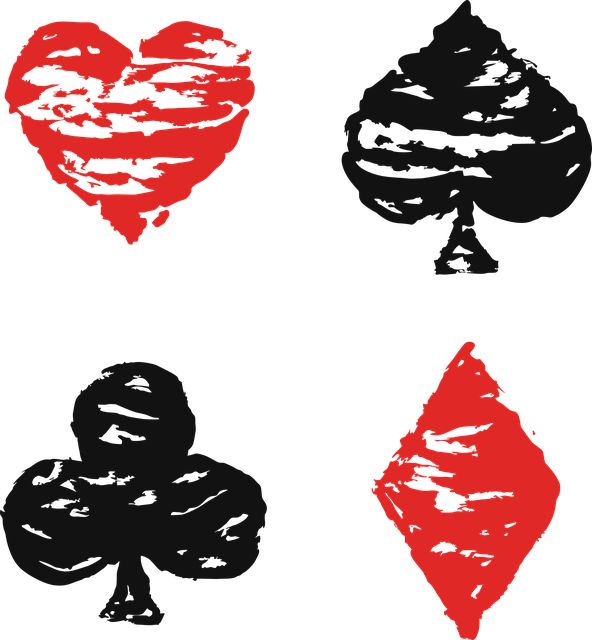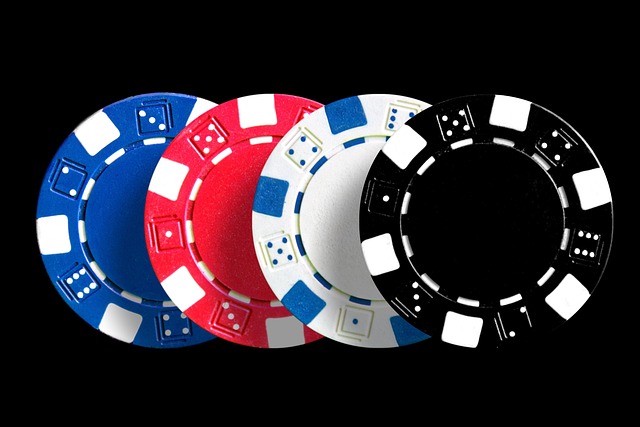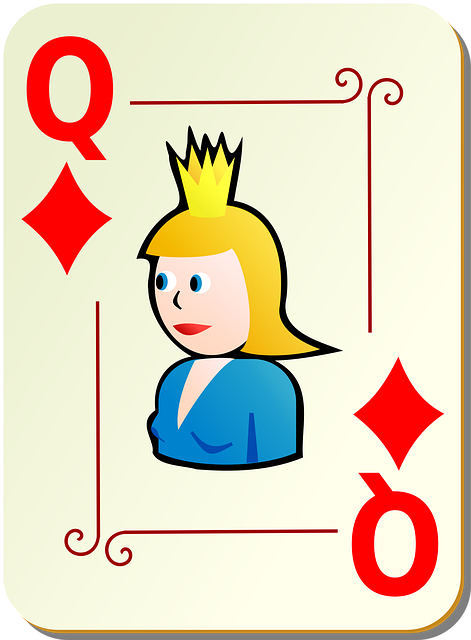Poker, a global phenomenon, is a strategic game of skill, strategy, and psychology. Players aim to win hands by besting opponents' cards or convincing them of their strength through betting rounds after being dealt two private cards (hole cards), followed by the reveal of community cards (flop, turn, river). Texas Hold'em is the most popular variant. Mastering poker involves learning basic rules, hand rankings, and terms like 'check', 'bet', and 'raise', adapting to dynamic gameplay, and improving logical thinking and pressure-cooker decision-making skills. Our guide on 'How to Play Poker' equips you with these essentials for both real-life and virtual games.
Poker is a captivating game that combines skill, strategy, and psychology. More than just cards, it’s a global phenomenon with countless variations. This guide will teach you the fundamentals of this exciting game, from understanding hand rankings to mastering betting strategies. We’ll walk you through the steps, ensuring a smooth introduction to the world of poker, offering valuable insights for both novices and seasoned players looking to enhance their skills. Learn how to play poker effectively and experience its unique blend of thrill and intellect.
- What is Poker? A Game of Skill and Strategy
- Learning the Basics: Rules and Hand Rankings
- How to Play: Step-by-Step Guide for Beginners
What is Poker? A Game of Skill and Strategy
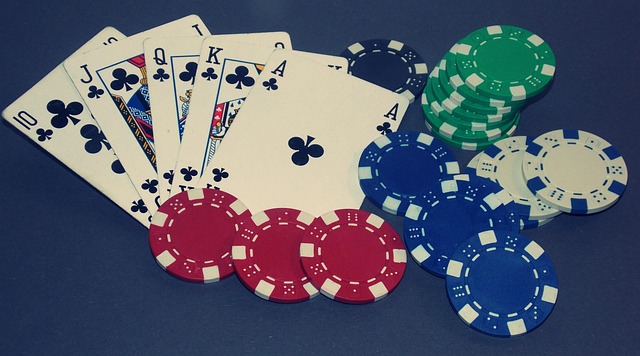
Poker is a card game that has captivated players worldwide for centuries, blending elements of skill, strategy, and psychology. It’s not just about luck; it’s a battle of wits where players use their cards and bet sizes to outmaneuver opponents. The objective is simple yet complex: win as many hands as possible by either achieving the best combination of cards or convincing others that your hand is stronger than theirs.
At its core, poker involves dealing cards, betting, and strategic play. Players are dealt a set number of cards, and through a series of betting rounds, they either call (match the previous bet), raise (increase the bet amount), or fold (abandon the hand). The game’s popularity stems from how it encourages logical thinking, decision-making under pressure, and the ability to read others. Learning how to play poker involves mastering these strategies while adapting to the dynamic nature of each hand.
Learning the Basics: Rules and Hand Rankings
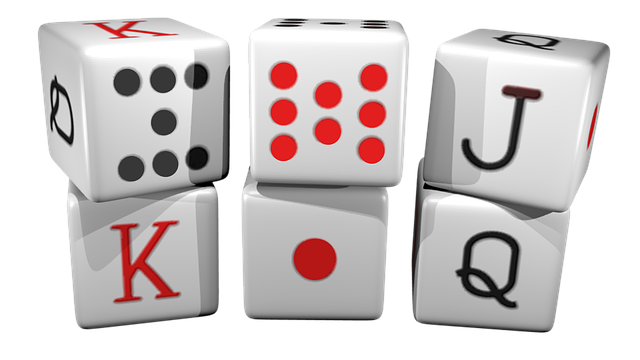
Poker is a captivating card game that has taken the world by storm, with millions of enthusiasts across different continents. At its core, it’s about strategy, skill, and a dash of luck. Before diving into the thrill of real-life games or virtual tables, understanding the basics—rules and hand rankings—is paramount. These foundational elements define every hand, determining the winner among players.
The objective is simple: create the best poker hand according to established rankings. A standard deck of 52 cards is used, and players aim to win by either holding the highest-ranked hand or bluffing their opponents into folding. Key terms like ‘check’, ‘bet’, and ‘raise’ are integral to gameplay. Knowing hand rankings, from High Card to Royal Flush, equips beginners with the knowledge to assess their hands and make informed decisions, thereby enhancing their overall poker experience.
How to Play: Step-by-Step Guide for Beginners

Playing poker is a combination of skill, strategy, and psychology. To start, each player is dealt two cards face down, known as their hole cards. After an initial round of betting, three community cards are laid out face up on the table in three stages (the flop, turn, and river). Players then have opportunities to bet again based on these shared cards and their own hole cards. The goal is to make the best five-card hand from a combination of your two hole cards and the five community cards.
Different poker variants exist, but Texas Hold’em is the most popular. Here’s a step-by-step guide:
1. Place Your Bet: Decide if you want to fold (discard your hand and forfeit your bet), call (match the previous bet), or raise (increase the bet).
2. Community Cards: The dealer reveals the first three community cards (the flop). Players can now use these cards in combination with their hole cards to form their best five-card hand.
3. Betting Round 2: After the flop, a fourth card (the turn) is dealt face up. Another betting round occurs.
4. Community Card 5 (The River): The final community card (the river) is turned over, followed by a final betting round.
5. Showdown: If there’s more than one player remaining after the final betting round, they reveal their hands. The player with the highest-ranked hand wins the pot (the total of all bets).
Poker is a captivating game that combines skill, strategy, and a touch of psychology. By understanding the fundamentals outlined in this guide—from hand rankings to betting structures—you can start your journey as a poker player. Remember, practice makes perfect; play regularly, study the game, and adapt your strategies to become a master at How to Play Poker. With dedication and a keen eye for detail, you’ll be navigating complex hands and outsmarting opponents in no time.
